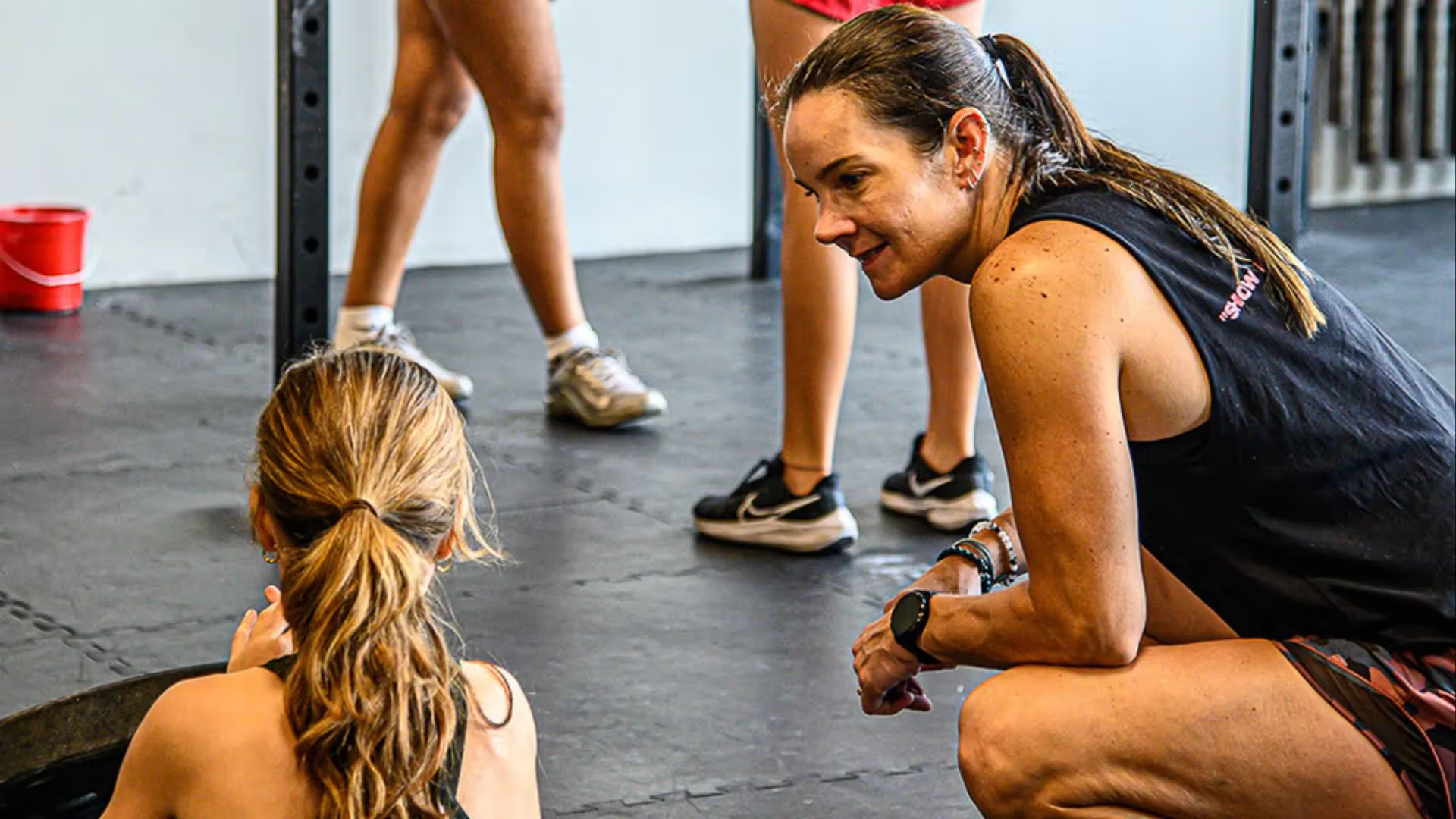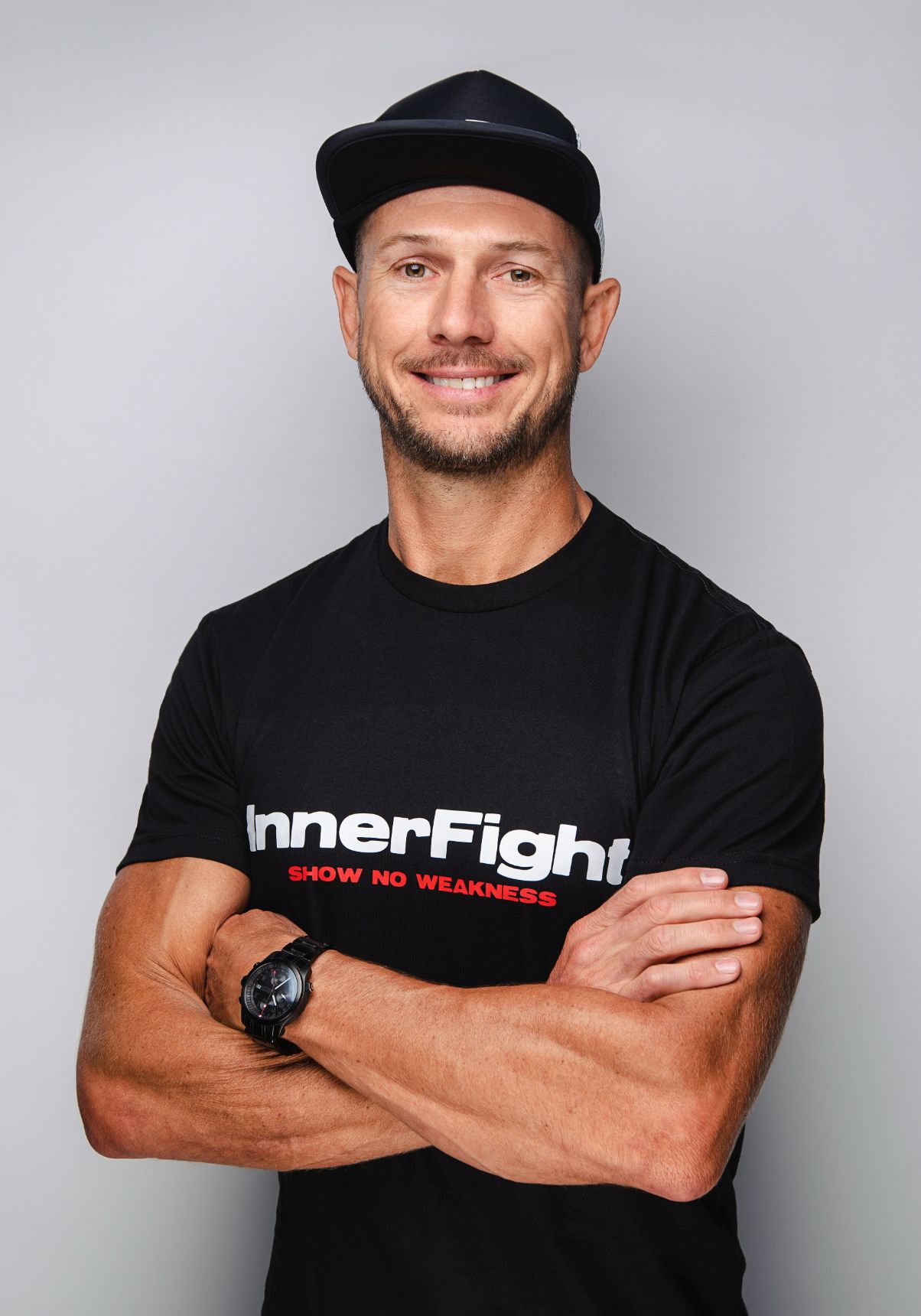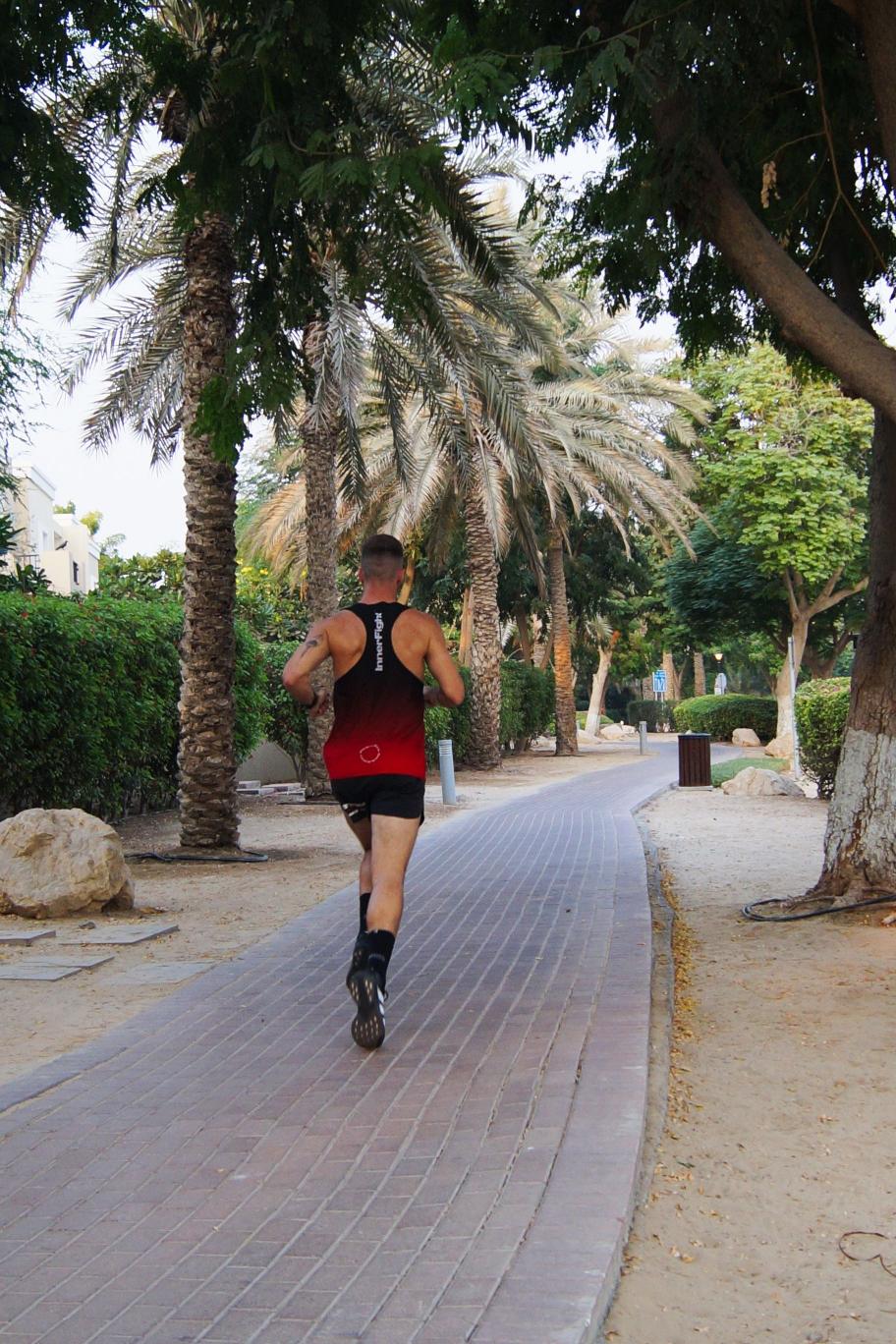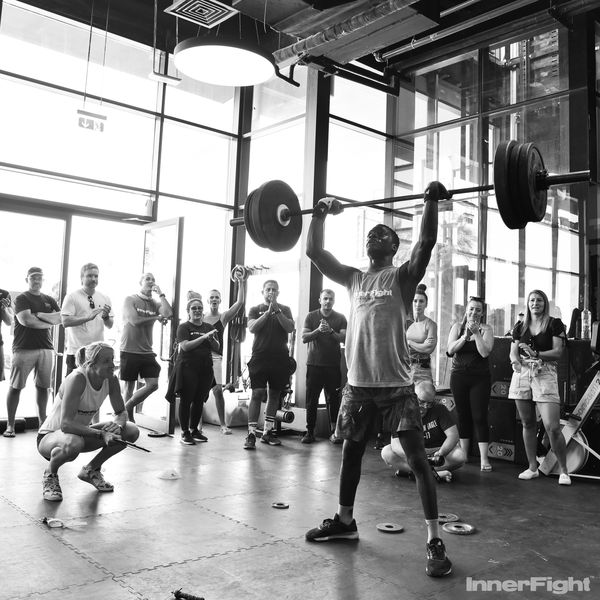Body Language with Children

On a day to day basis, for most of us, body language isn’t something we normally actively think about. Nevertheless, as it turns out, 55 percent of communication is body language, 38 percent is the tone of voice and 7 percent are the actual words spoken. So why might these statistics be surprising? That’s because by adulthood, after years of experience, our brains quickly interpret other peoples’ body language and subsequently subconsciously bias and control the way we react. For children, they are not yet quite adept at interpreting the nuances of non-verbal communication. As a result, our kids, experiential learners that they are, learn from both watching us and from trial and error in their daily social interactions.
From the time they are babies, children are imitating what they see adults do. For example, if you smile, they will smile back. They are astute observers and learn from the hand gestures we use while talking, the actions we make when comforting them (giving a hug), the way we convey our words and ultimately mimic these learnings when they themselves interact with others. But, as we grow older, most of our brains go on autopilot to help us to easily interpret our surroundings and to maximize our efficiency in progressing throughout our day. This causes us to lose some of the acuteness to body language that we required as children. As the old saying goes, actions speak louder than words.
Studies show that while a few of us may be driven by critiques and pointing out our opportunities for improvement, most people, and especially our children, respond best to positive reinforcement. As parents, teachers and coaches, in order to ensure of maximum impact on our kids, it is imperative that we take a step back and heighten our awareness to the non-verbal communication around us as well as the non-verbal communication we send out into the world.
Positive reinforcement can be demonstrated to our children by utilizing a number of simple, yet effective techniques. Eye contact goes a long way to ensure children that they are important and receiving your full attention. Smiles or a pat on the back allow kids to know they are on the right track and you are pleased with their progress or actions. Coupled with a reassuring tone, bending down to a child’s level to speak to them makes a child feel important and secure in what you are asking them to do. Finally, to demonstrate understanding and to increase a connection, it is important to recognize their body language and to encouragingly mimic back an understanding of their feelings. For example, if a child is sad, it is crucial to nod your head in understanding and visibly demonstrate empathetic sadness. If they are frustrated, remain relaxed in your posture and ensure that you are using a calm reassuring tone. These techniques, while seemingly obvious, are critical and help to create a bond of trust and understanding that helps to push our children to feel safe and to reach their potential.
While body language has become second nature to us as adults, it is important to keep in mind that when interacting with our children that we need to focus on the body language we use. They are watching and learning from us at all times. If we use appropriate body language with our children, they will be more confident and likely to achieve their goals.





.avif)






.jpg)
